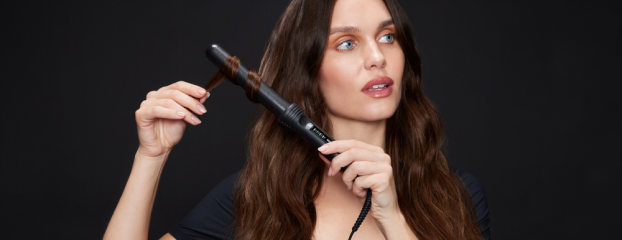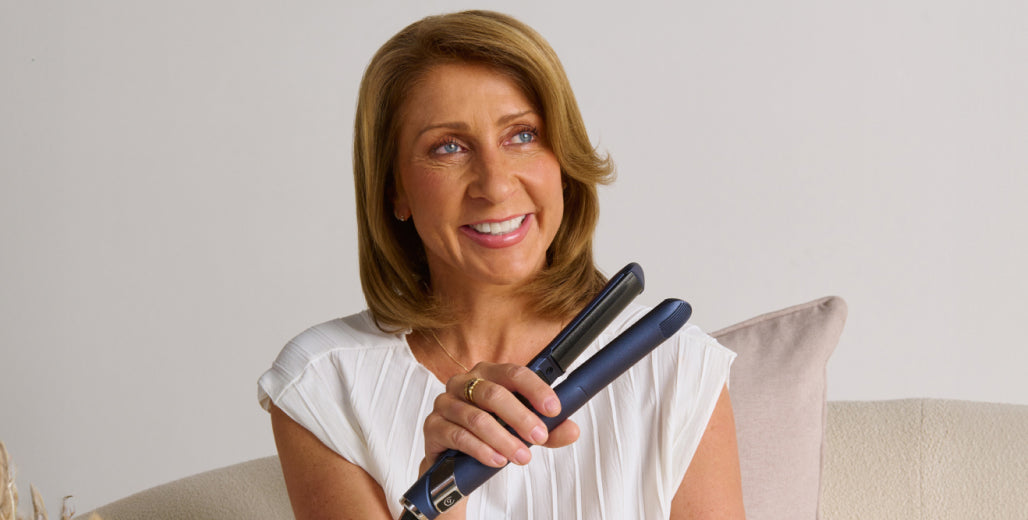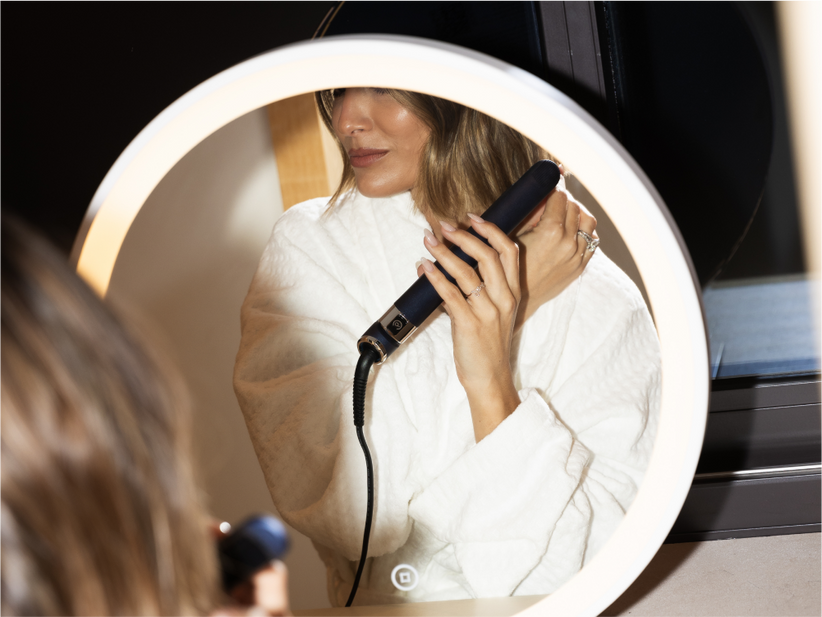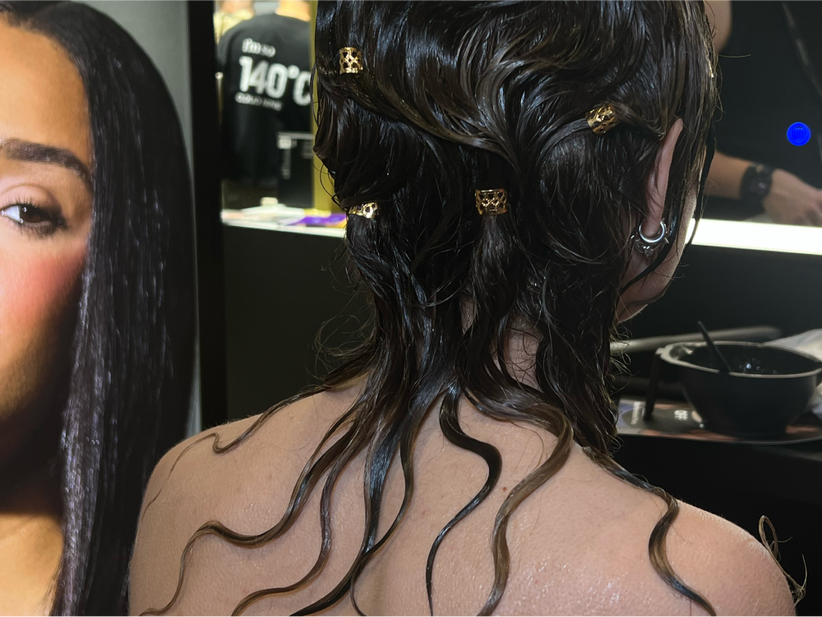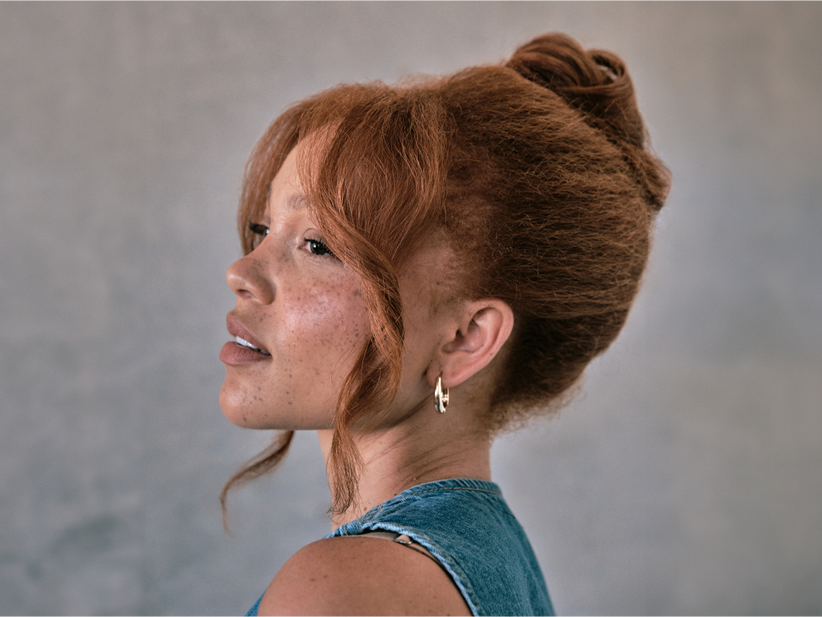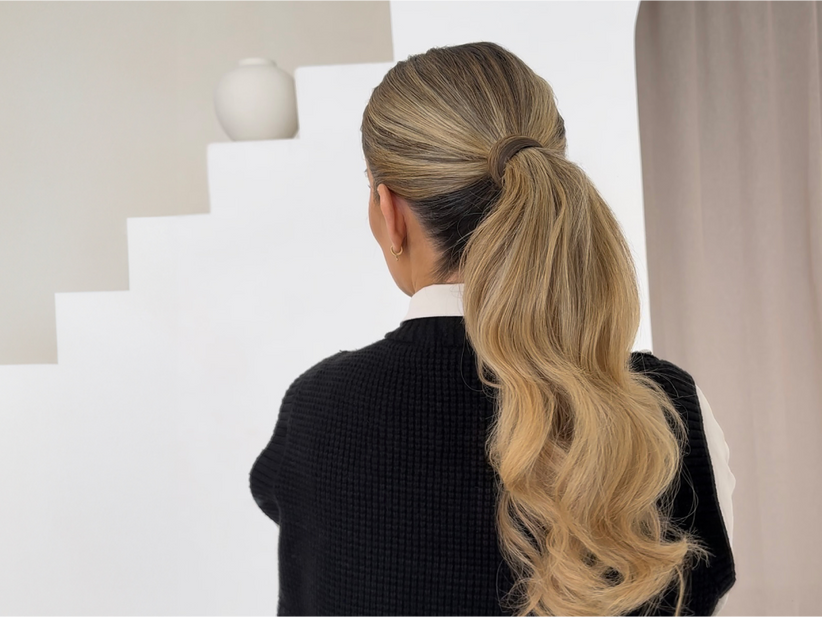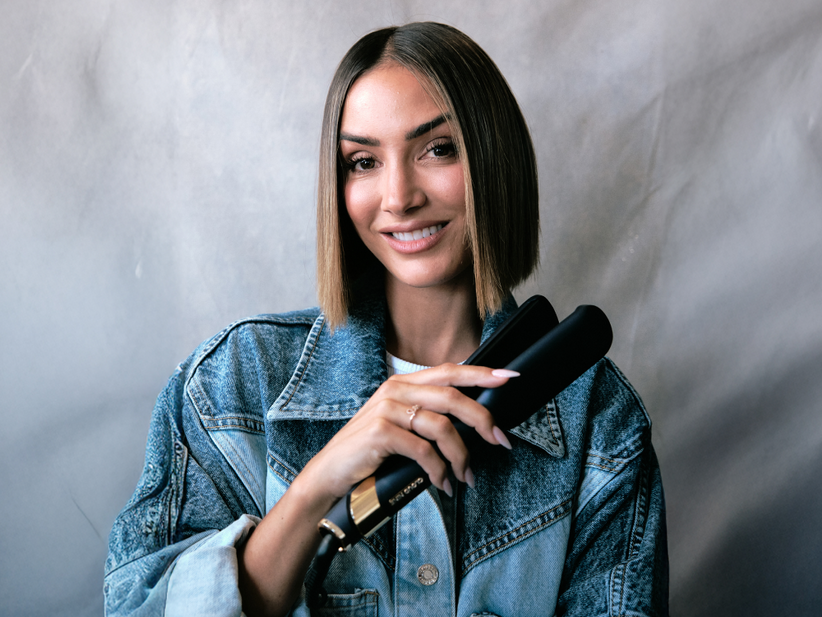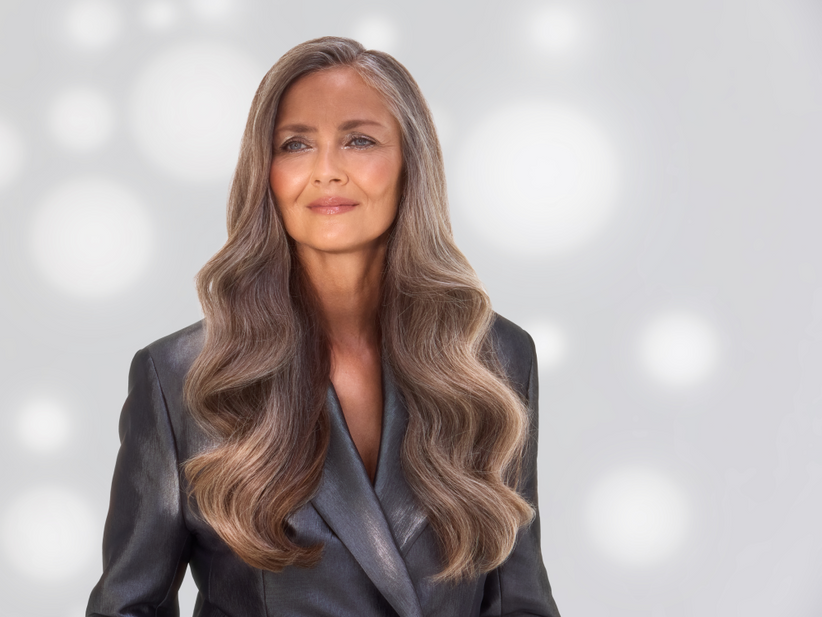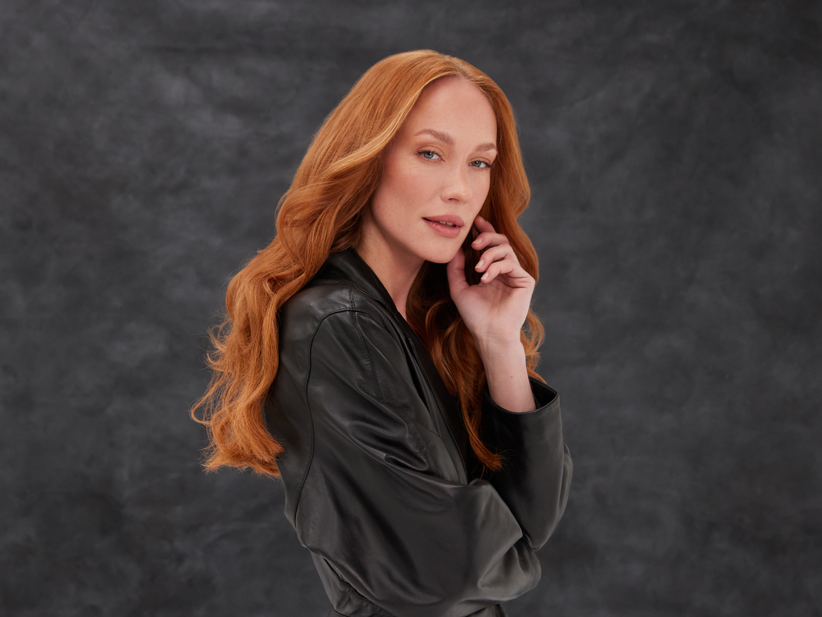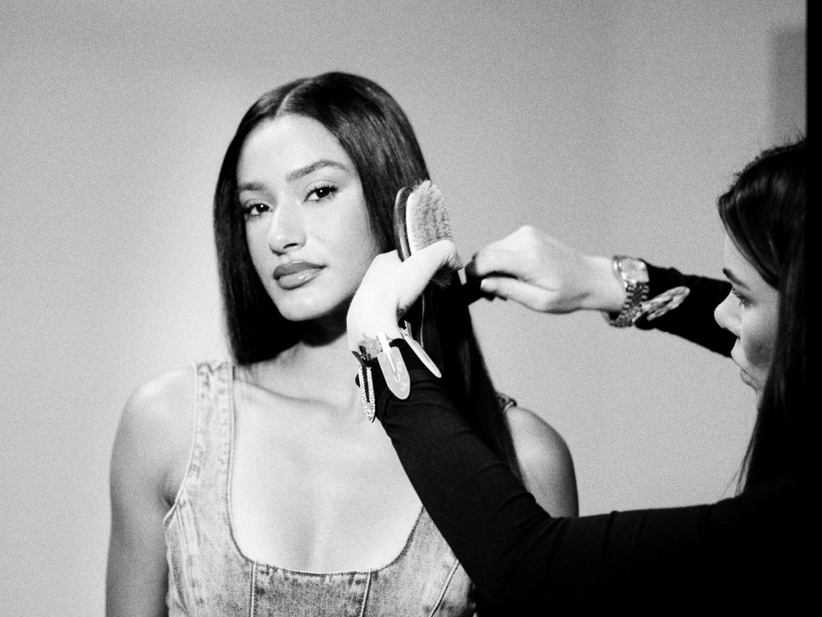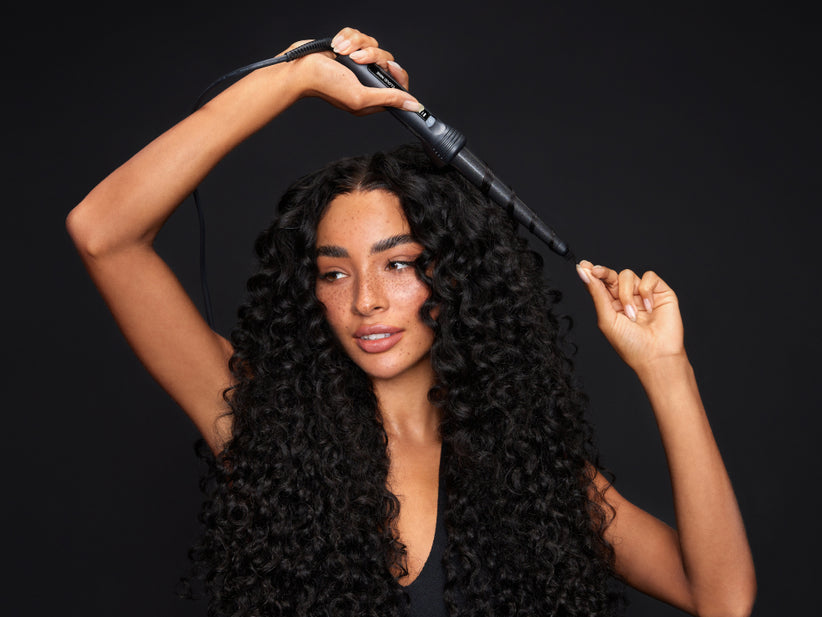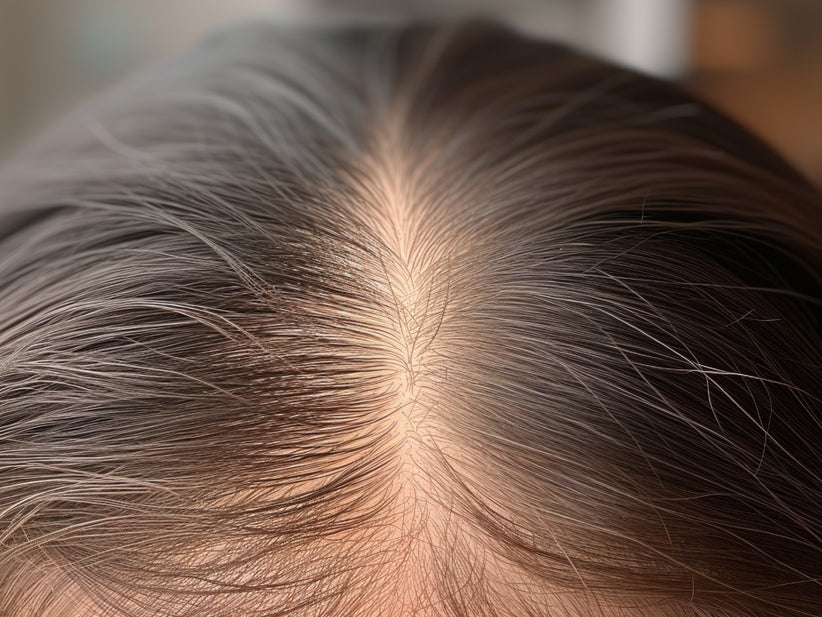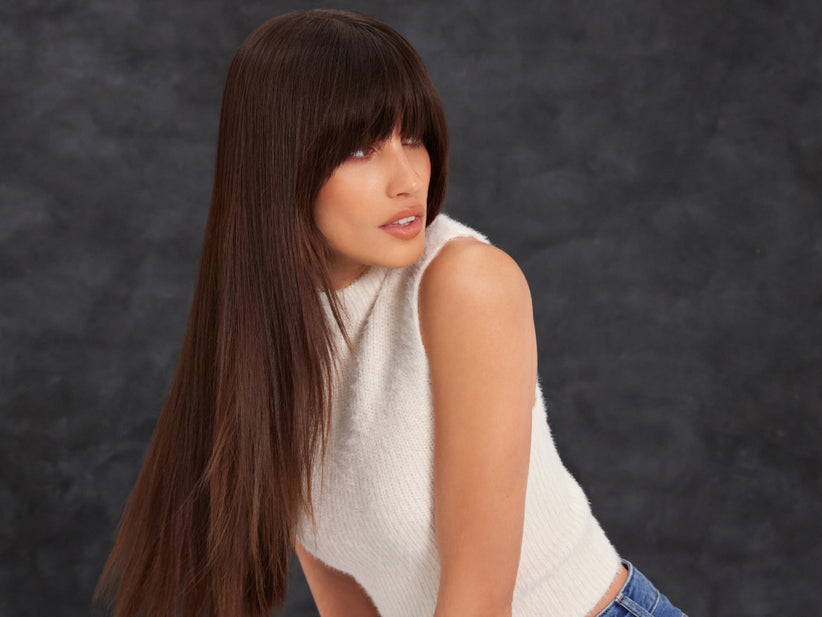Menopausal hair loss, while sometimes unavoidable, doesn’t have to get you down. Combat some of the contributing factors with some simple self-care and gentle styling tips, and you’ll be back on the road to feeling your most confident self in no time.
YOUR HAIR IN MENOPAUSE: KEY TAKEAWAYS
- Menopause is a natural life stage with many changes – sometimes including changes to and loss of hair.
- As your hormone levels fluctuate during perimenopause, menopause and post-menopause, so does your hair’s growth cycle, condition, strength, look and feel.
- You may notice thinning, hair loss, slow regrowth, brittle hair, a dry or greasy scalp, and changes to your hair’s texture, volume, and even colour.
- Other factors can contribute to menopausal hair changes, including genetics, stress, diet, and lifestyle choices.
- There are many options to treat and alleviate hormonal hair loss – it’s important to find what works for you.
- Wherever you are on your menopausal hair journey, don’t give up. Be kind to your hair and take back your confidence.
WHAT IS MENOPAUSE?
Menopause is a natural and unavoidable stage of life for anyone with a uterus. It’s part of the ageing process and signals the end of your reproductive years. Menopause usually happens between the ages of 45 and 55 but can happen earlier in some cases – often due to medical reasons such as cancer treatment or genetic hormonal imbalances.
When your periods begin to become irregular – eventually stopping altogether – you’ll experience a fall in oestrogen production, which can produce some often uncomfortable symptoms, both for the mind and body.
This includes, but is not limited to:
- Mood swings
- Hot flushes
- Headaches and/or migraines
- Trouble sleeping
- Anxiety
- Increased facial hair growth
- Changes to the skin
- Aches and pains
- Night sweats
- Changes in sex drive
While you’re adjusting to this natural time of change, tackling hormonal hair loss might be one way to give you a much-needed mood and confidence boost during this challenging time.
UNDERSTANDING HORMONE CHANGES IN MENOPAUSE
Menopause isn’t just a one-off event, it’s a long journey along the hormone highway. There are three stages to be aware of:
Perimenopause
Perimenopause literally means ‘around menopause’, and refers to a stage of around 4-8 years in which hormonal fluctuations begin, triggering a range of symptoms. Perimenopause is also called the menopausal transition and is when periods start to become irregular.
“The perimenopause has been known to cause hair thinning and loss. This is due to the drop in oestrogen that slows down our hair’s growth phase. For some women, perimenopause can begin as early as our 30’s, but more often than not, it starts between the ages of 40 and 44.”
Marie Nieuwoudt, Group Education Manager at CLOUD NINE
Menopause
After perimenopause comes menopause. This 7-14-year period marks the end of a woman’s period and a significant drop in hormones. Menopause usually occurs between the ages of 45 and 55, but it can happen earlier due to genetic or medical reasons.
Post-menopause
In post-menopause, a woman’s periods have stopped for longer than 12 consecutive months. However, symptoms of menopause can sometimes continue or evolve during this time as hormone levels stabilise. This can take approximately 4-5 years, during which time, you may still experience some noticeable changes to your mind, body, and hair.
“I have seen some of my clients’ hair grow thicker and more luxurious after the rollercoaster of menopause is over – usually 18 months to two years after menopause. For people who have always had naturally fine hair, this can be just as surprising as the typical thinning we see in menopause.”
Marie Nieuwoudt, Group Education Manager at CLOUD NINE
HOW YOUR HAIR AND SCALP CHANGE DURING THE MENOPAUSE
It’s believed that hair changes in and around menopause are due to a combination of hormonal fluctuations, genetic factors, and the slowing down of cell production with age. You may notice:
Thinning and hair loss
Many women in their 40s and 50s experience hair thinning and increased hair fall. A study from 2022 of 200 women aged 50 to 65 found that the prevalence of female pattern hair loss was 52.2%.
This menopause-related thinning commonly occurs on the front, sides, and top of the head, and can look like a widening parting, receding hairline, or general all-over thinning of the hair.
During perimenopause, oestrogen levels begin to fall, reducing to their lowest level when menopause arrives. This drop in oestrogen means hair is in its growth phase for a shorter amount of time, so may not grow as fast or as much as it used to. It also results in higher testosterone levels in the body, which can shrink the hair follicles, resulting in finer hairs being produced.
Hair shedding can also be linked with different seasons. Find out more in our guide to seasonal hair loss.
Dry, greasy and brittle hair
Oestrogen levels also impact the natural oils your scalp produces. This sebum is responsible for keeping your hair smooth and lustrous, so a reduction in production can result in changes to hair texture, moisture and appearance, leaving it dull, brittle and prone to breakage.
This doesn’t only affect the hair – skin can become dry and more easily irritated too, including that on the scalp, resulting in an increased chance of dandruff.
In contrast, some women experience greasy hair during menopause. This is a reaction to dehydration which sees the scalp produce excessive sebum to protect hair in its new, brittle state.
Changes in texture and volume
As a fall in oestrogen shortens the growth cycle of hair, many women experience excessive hair shedding during menopause, the effects of which are made more noticeable by the regrowth of progressively finer and shorter hairs.
Menopause may also speed up the natural greying process, as the blood vessels responsible for supplying hair roots with nutrients – including melanin – start to diminish. Grey hair usually feels more wiry and can result in a complete change in hair texture. Many women find that their previously straight or wavy hair now has more texture or even curl to it.
These volume and texture changes can also be enhanced by the changing shape and size of the follicle and increased or decreased sebum production.
OTHER FACTORS THAT CAN CONTRIBUTE TO MENOPAUSAL HAIR LOSS
Hair loss is not just about hormones. It can occur at any age and be due to a range of factors.
When it comes to menopause specifically, these factors can cross over, resulting in higher chances of hair loss or damage in some cases.
Genetics
Just like male pattern baldness, menopausal hair loss is determined by genetic factors as well as hormonal changes.
Stress
High stress levels are known to contribute to hormonal imbalances, worsening menopausal hair loss.
Poor diet
As hair is a non-essential tissue, it’s low down on your body’s priority list when it comes to receiving all the vitamins and nutrients it needs to thrive. If your diet is poor, your hair will be one of the first areas to suffer from reduced growth and condition. Read about how nutrition can impact hair loss.
Hairstyle choices
Tight or high-manipulation hairstyles and accessories that pull on the scalp can cause added stress to the roots, worsening hair fall and breakage. Heat styling at the wrong temperature for your hair type can also further damage brittle and dry menopausal hair. Head to the Temperature Calculator to find out the perfect heat setting for your hair.
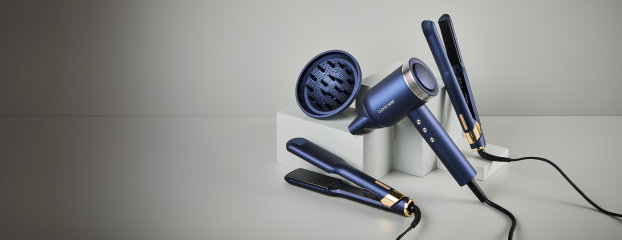
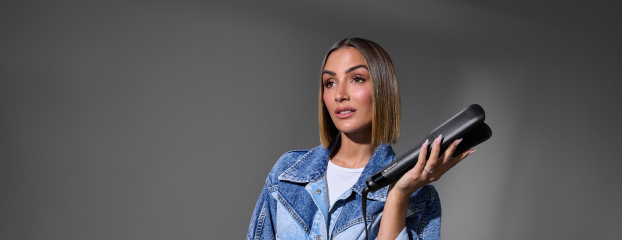
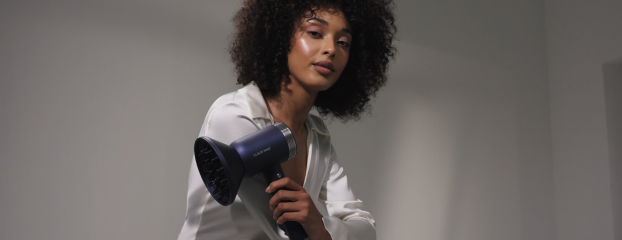
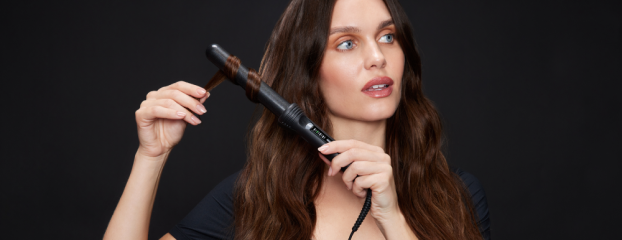
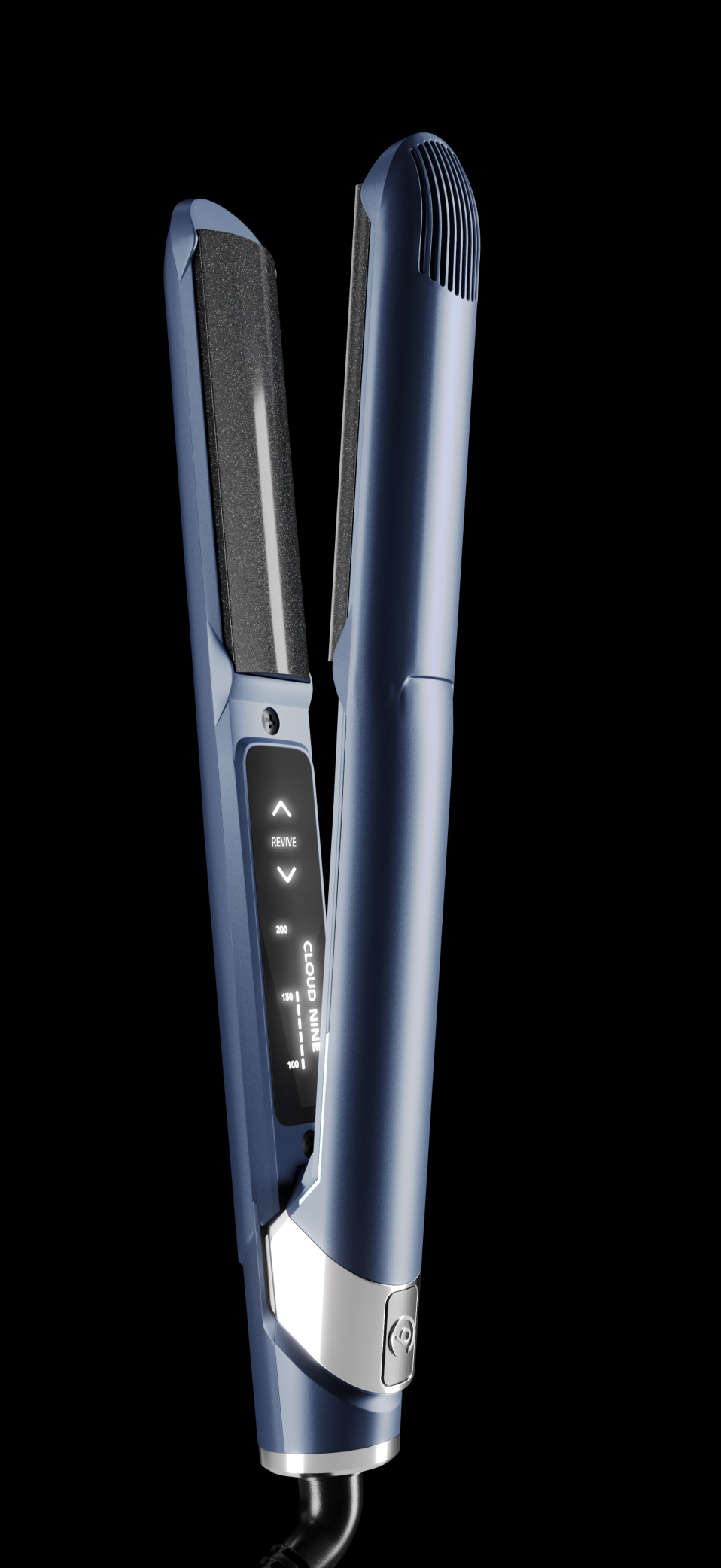
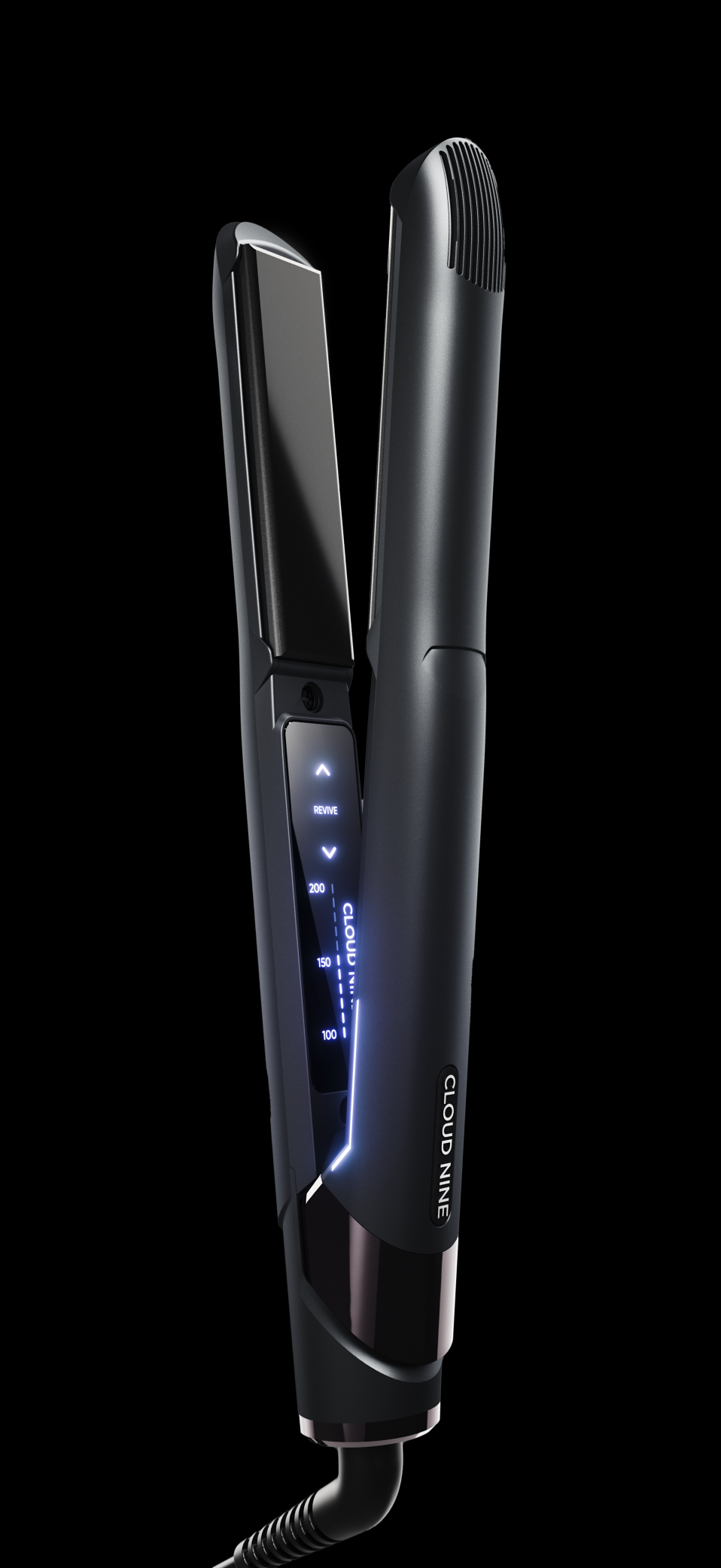
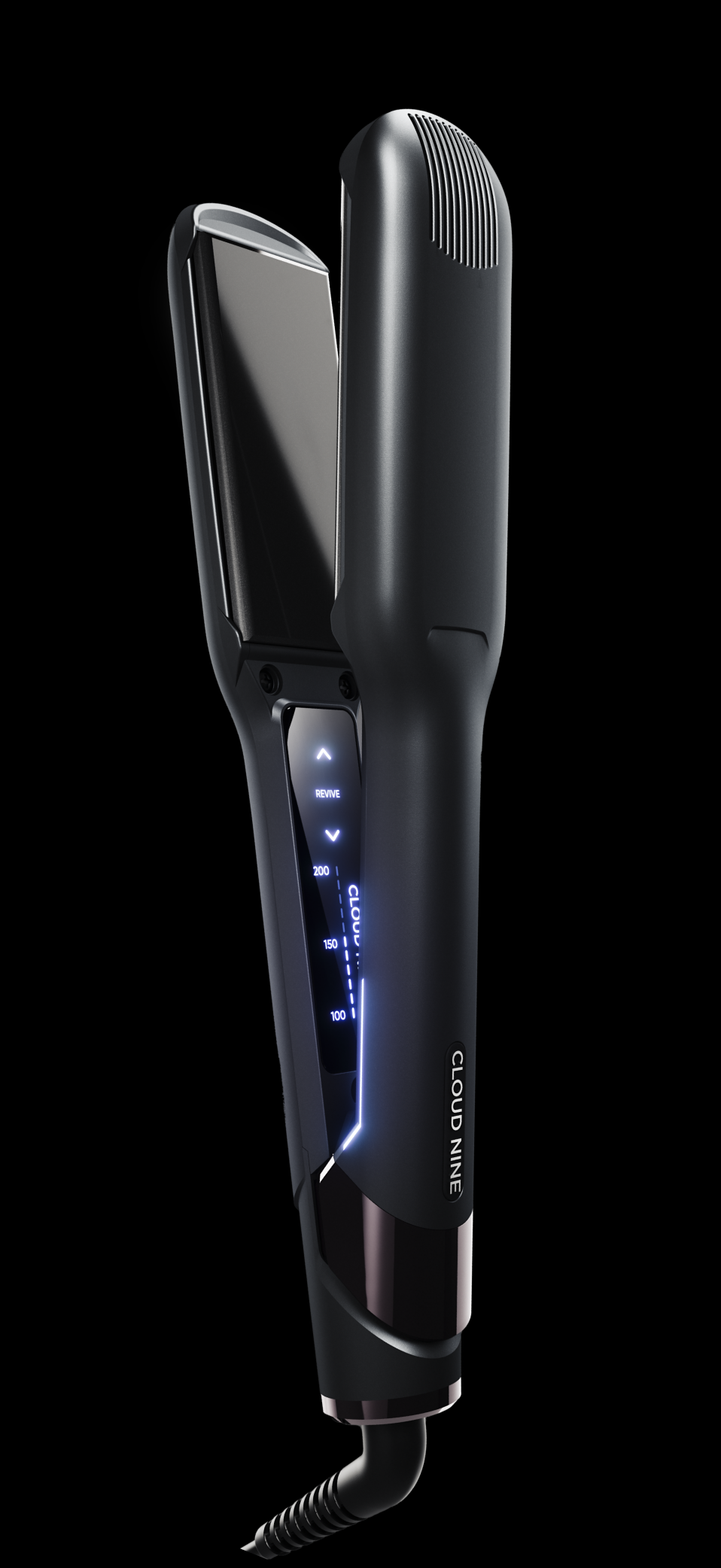
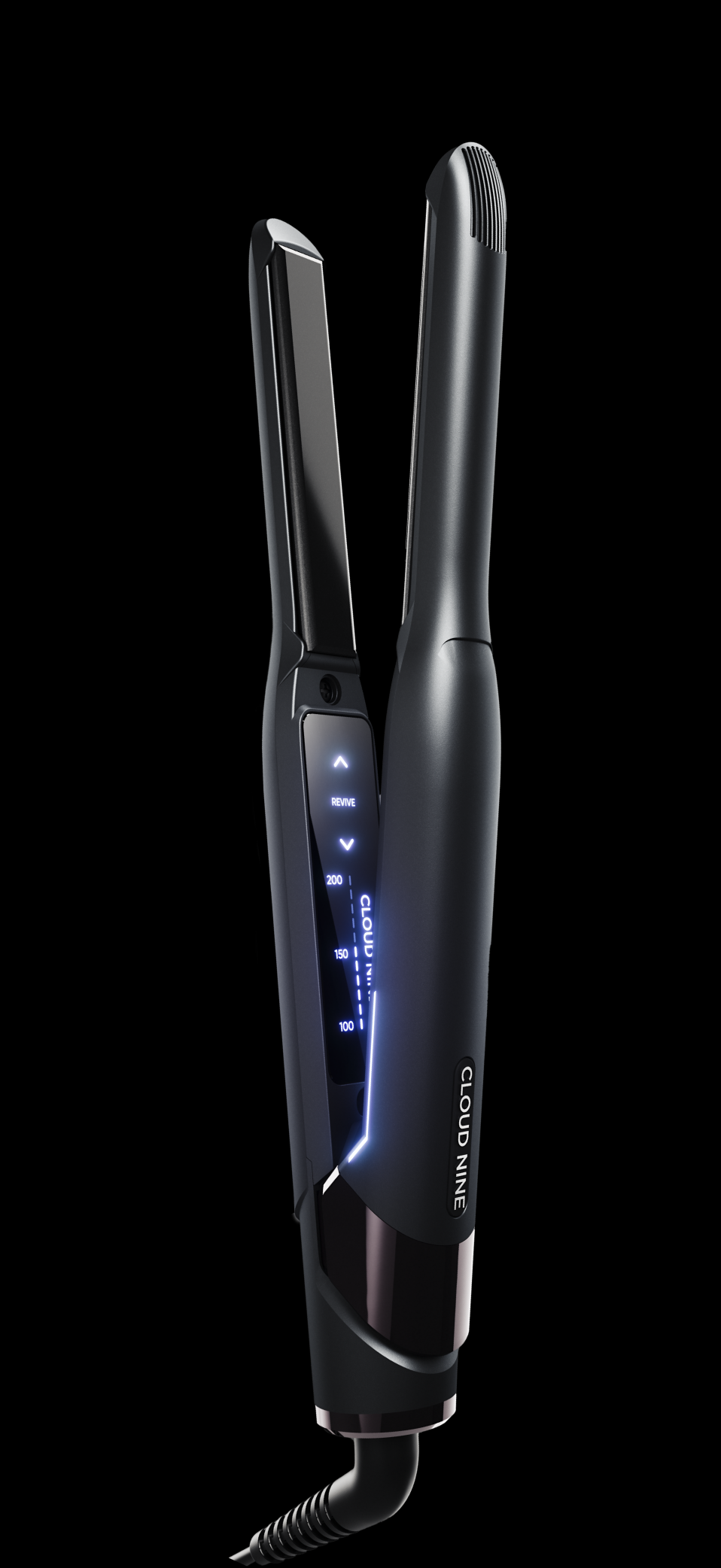
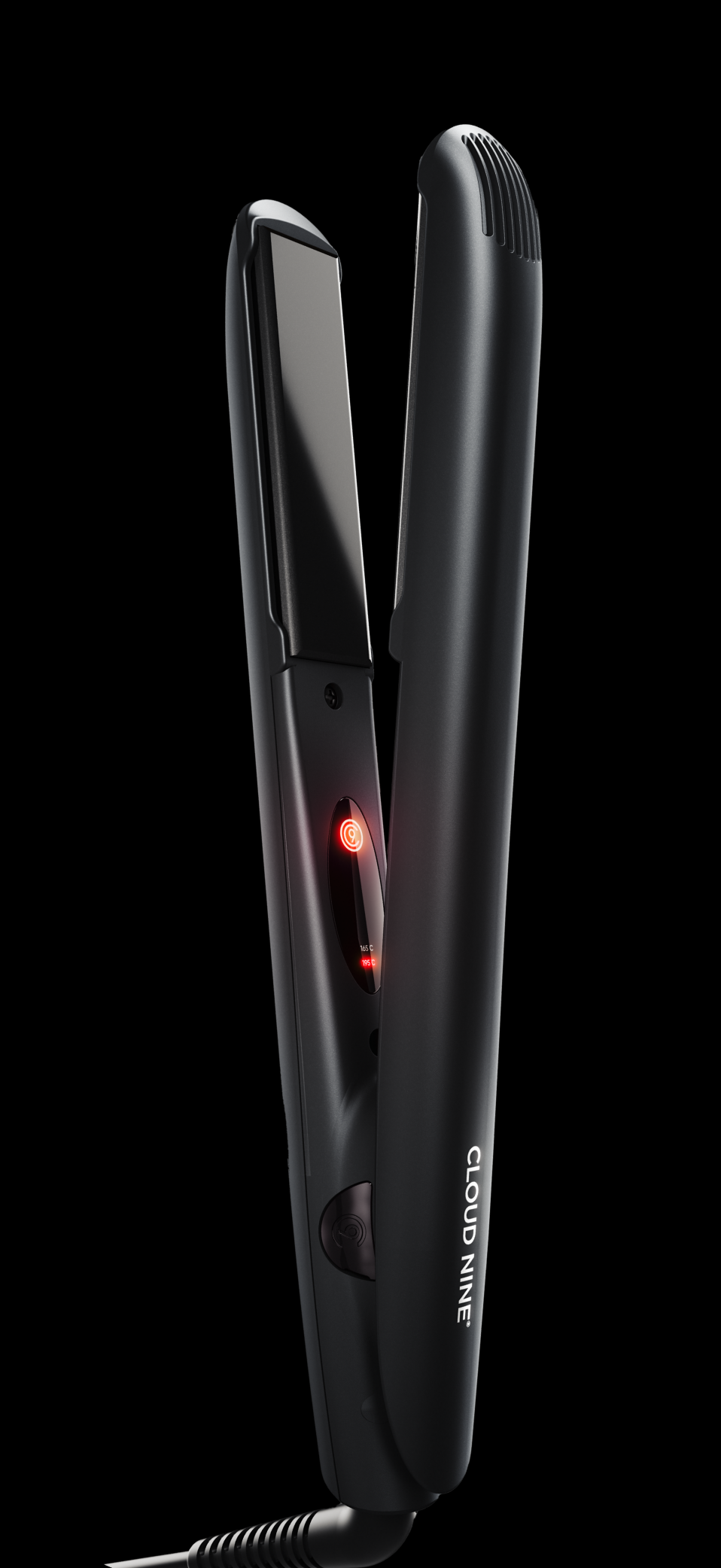
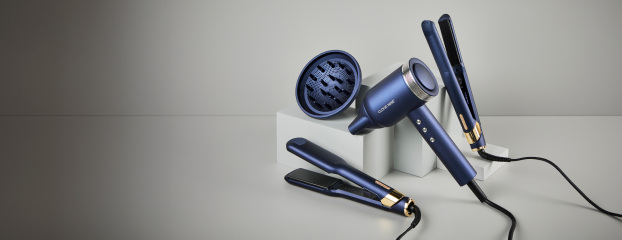
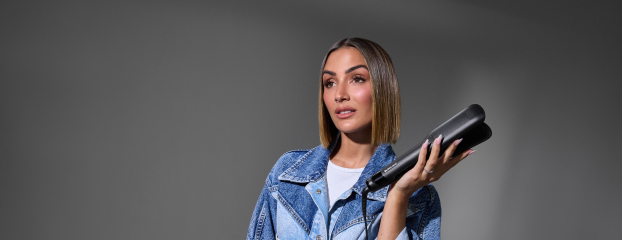
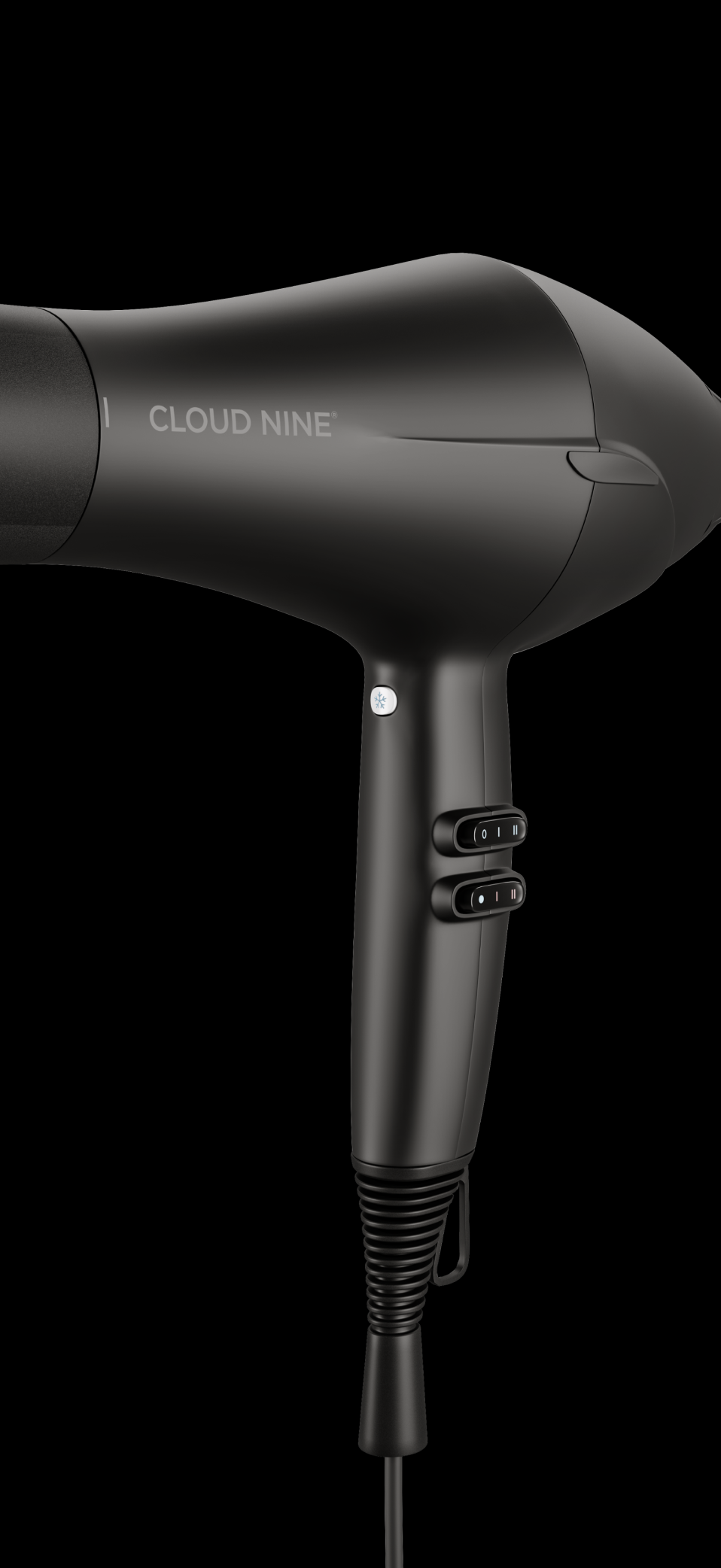
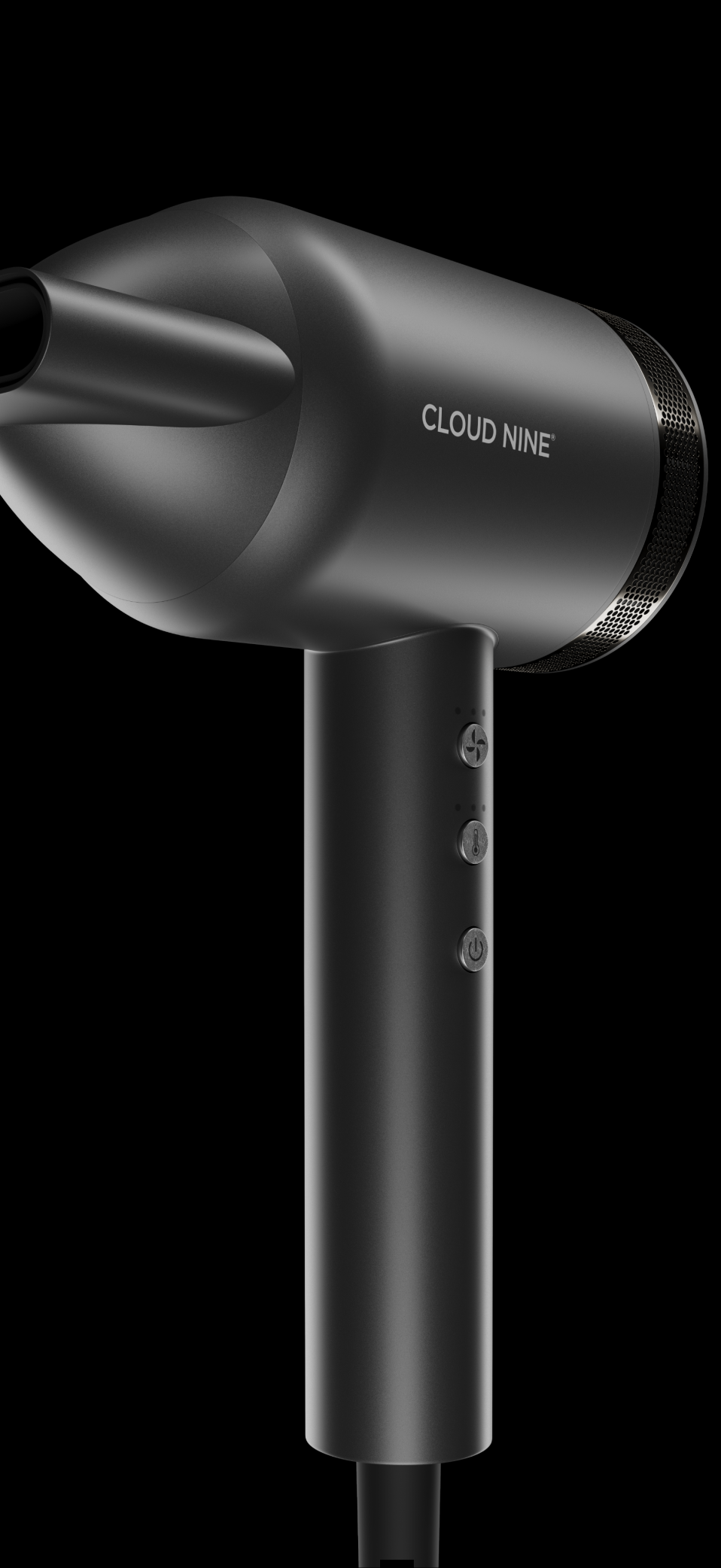
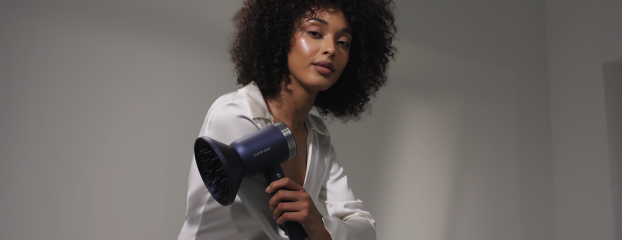
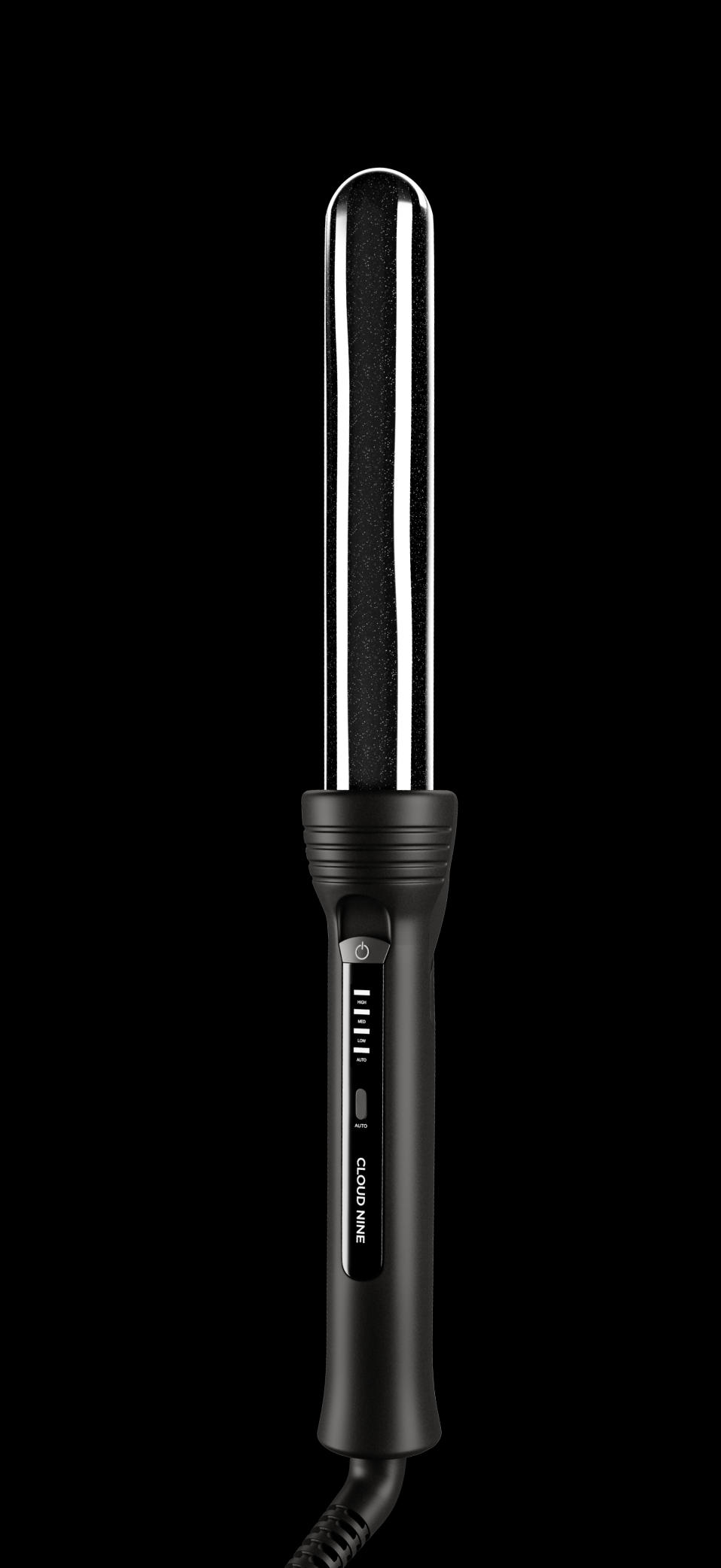
.jpg?v=1689753360732)
